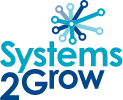Menu
When determining the structure of your manuals it will help if you think about a list of things in order.
Then you can put it all together and build a big picture of the way your manual/s will fit together.
We humans tend to approach everything from the bottom up. So, when starting to develop procedures we hit one area, usually the area causing most pain.
For example, dealing with front of house service in a restaurant cleaning is part of the job and includes everything from opening, closing, using the glass washer to cleaning tables through service and more.
But cleaning involves every other part of the restaurant also and there are many parts of these jobs which are the same through the whole restaurant. The one point of truth rule dictates the common instructions need to be documented only once.
So, in this instance the details on how to clean probably need to be put into a separate cleaning section rather than scattered through your manuals.
These details can then just be linked in the parent section – front of house – as required.
Issues with similar common traits which come up often are Human Resources Management, Health & Safety, IT procedures. There will be others more specific to your business.
What this creates is what I call a logical/illogical structure that doesn’t come to mind when you start to think about it all.
It can be confusing when you begin but the flow becomes apparent as you start to put things together.
So, having created an illogical structure, you then need to make it more logical by holding it all together, so each procedure is easy and intuitive to find.
These things will help:
This makes for an intuitive structure which people can use easily, even when information is needed under duress.
The structure of your business/es will impact on the structure of your manuals.
At the end of the work, you completed in Solid Foundation you will have clarified your departmental structure and the tasks to be covered by each department.
As you know structures range from the simple to the very complex. And your manuals will need to vary according to this complexity and the nature of your business. We will use two examples.
Obviously, there will be infinite variations on these themes.
Say a massage therapy business.
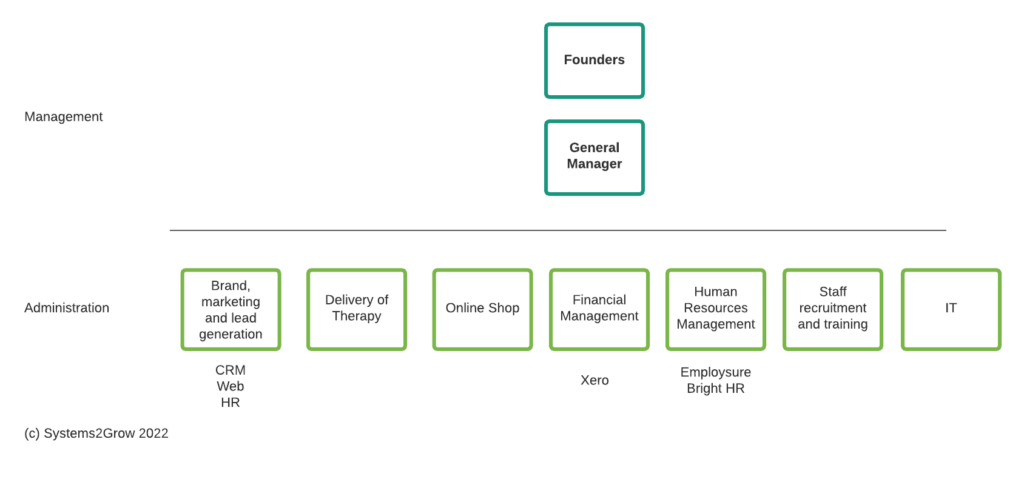
And the one manual will probably be divided into chapters based on departmental needs.
If you decide to set your business up for growth by cloning your massage delivery pods, you may need to change the way things are ordered. Because you know your massage therapists won’t be able to manage lead generation or sales and business practices may be difficult too, you will have to set your head office administration to do these tasks.
Such a structure will look a little like this.
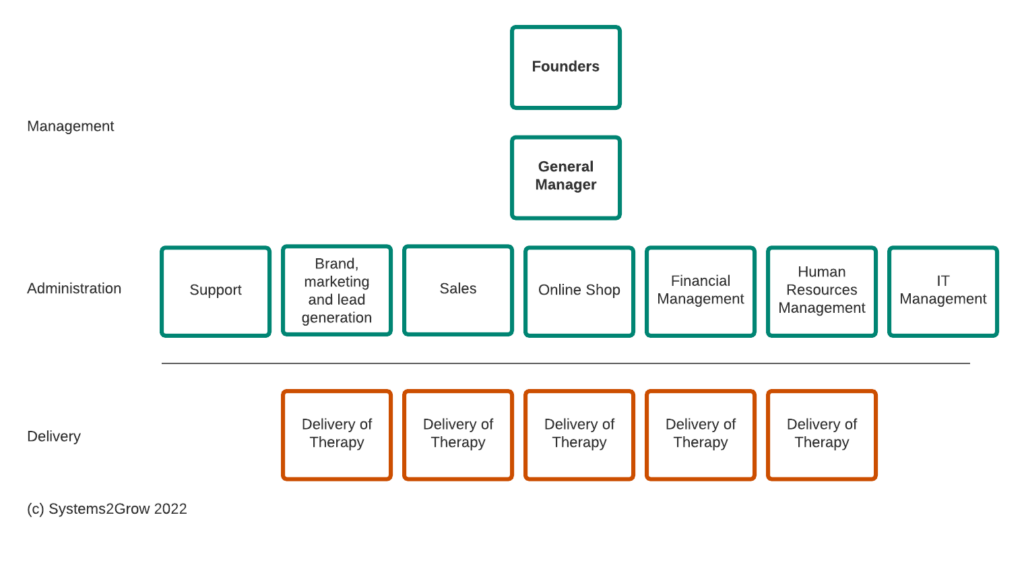
This is still quite a simple structure and could be managed within a single operations manual with chapters or sections.
A more complex retail business with a separate supply and logistics arm might look something like this.
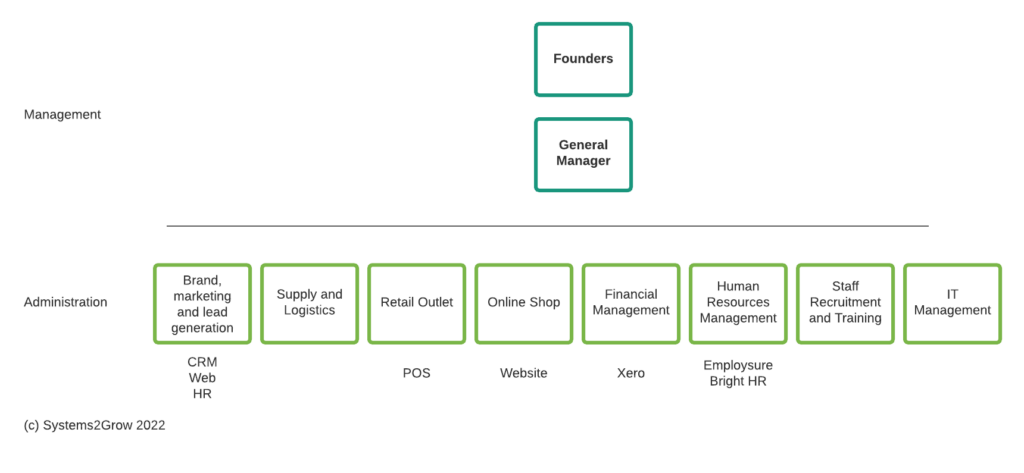
And when you split it up with the retail outlets becoming cloned growth pods, it might look something like this.

Note there is more than one business in this more complex structure. The supply business producing the brand products has been set up as a separate business and the sales and delivery pods have been taken out of the main group and each also set up as separate businesses.
However realistically, the admin departments will look after all the business structures, not just the retail pods. Provided the accounts are adjusted so expenses are equitably distributed this is good to go.
This structure is established ready to franchise.
Such a structure will need more than one manual.
If franchised, there will also need to be franchisee governance manuals to extend detail from the Franchise Agreement and a franchisor manual to control the way support is provided in sync with the requirements of the franchisee governance manual.
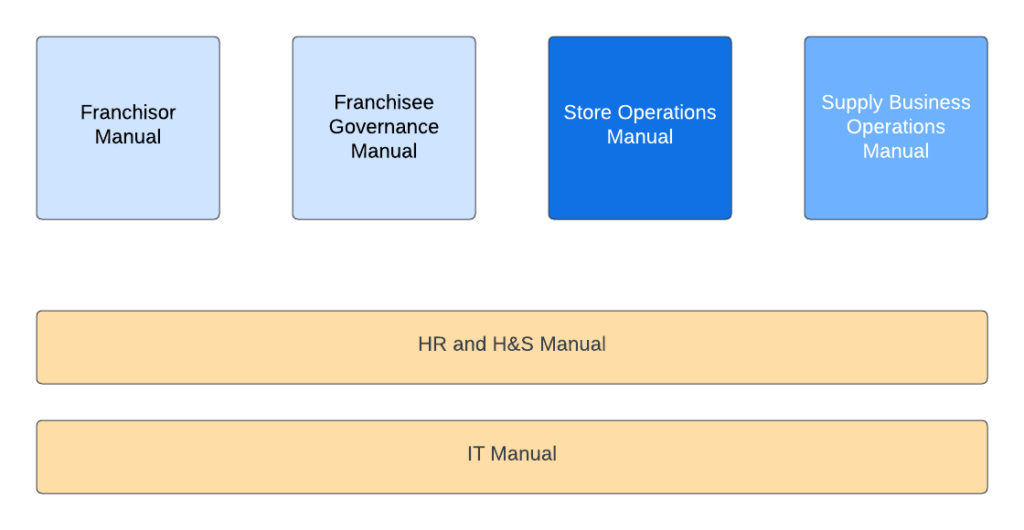
The only tricky thing will be to structure your operations manuals, so they meet the one point of truth rule and are easy to use and understand across the organisation.
This can be a contentious issue.
If you appoint external trainers, they usually want to create separate training manuals in their own software to cover the issues they train. Sales training, customer service and business coaching all come to mind.
Having the ‘how to do’ actions duplicated in separate software systems will lead to confusion and a maze of manuals no one can use.
Yes you will need separate training manuals.
But these just spell out your training processes. Training manuals refer to the operations manuals when outlining how to do tasks.
This way your training will show teams how to use the operations manuals as well as how to do the job. An essential part of the whole.
The simplest rules are:
In the long run, this will give you the simplest usable structure and give you the flexibility to move to different trainers if needed in the future with the least hassle.
Some businesses need to have policy documented in specific ways to meet specific legal requirements.
Other businesses bring in standards to meet specific requirements such as ISO (International Organization for Standardization)
And some organisations need registered training organisations (RTOs) to provide vocational education and training in specified ways to meet international standards.
We do not become involved with this type of legislated training, policy, procedures except to say:
You will have one or more operations manuals depending on the complexity of your business
Detailed procedures for tasks which affect more than one entity in your organisation will be in separate manuals referred to using links and general instruction
Training processes will be set up in a separate manual which uses the how to instructions in the operations manuals as shown below
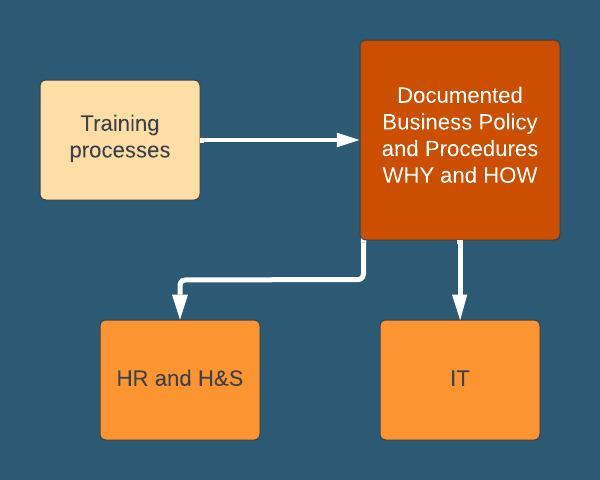
If required compliance policy will need to be set up in separate manuals managed by your legal or compliance teams. This is the only time you may need to break the one point of truth rule.
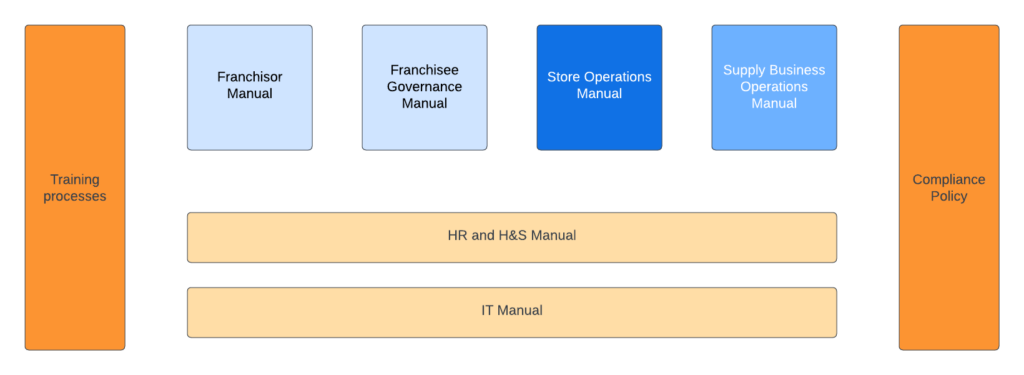
The Systems 2 Grow Systems Success Path Program is delivered in three Parts which cover 12 Steps
Your ideal client
Usable plans
Recruitment & Training
Address:
101 John Lund Drive, Hope Island, Queensland 4212
Contact Number:
Contact US:
